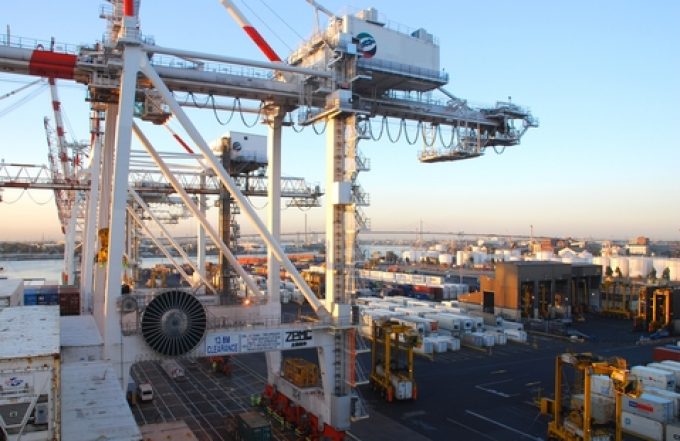Marco Nazarri joins throng of ex-Imperial managers to boost Duvenbeck Group
Freight forwarding veteran Marco Nazarri (above) has been appointed chief commercial officer (CCO) of German ...

Australia’s terminal operators have offset dwindling container volumes and quayside revenue by hiking controversial ‘port infrastructure’ charges.
According to the Container stevedoring monitoring report 2018-19, published today by the Australian Competition and Consumer Commission (ACCC), throughput at the country’s terminals increased just 0.2% to 7.88m teu – the second lowest rate in a decade.
Furthermore, full container lifts fell 4.9%, compared with a 14.6% uptick in empty container lifts.
“Industry volumes were slightly better when measured on a teu basis, as cargo owners ...
MSC Elsa 3 sinking – now the 'blame game' begins
Crew saved as MSC box ship, hit by 'monsoon' off Indian coast, sinks
After DSV 'cuts the cake' on Schenker acquisition, time for redundancies?
New services and reinstated blanked sailings boost transpacific capacity
Congestion fear as US west coast ports brace for transpacific cargo surge
$2.1bn E2open purchase will 'catapult WiseTech into a different dimension'
Houthis claim Red Sea safe for box ships not calling at port of Haifa
Bad news for shippers as wave of transpacific rate increases continues
Shippers hold their breath as Trump appeals court ruling that tariffs are illegal
US importers stockpiling goods to avert autumn shortages amid tariff chaos
Shippers brace for rate rise as smart phones expected to drive air cargo market
DHL expands agreement with Shopify – where does that leave Flexport?

Comment on this article